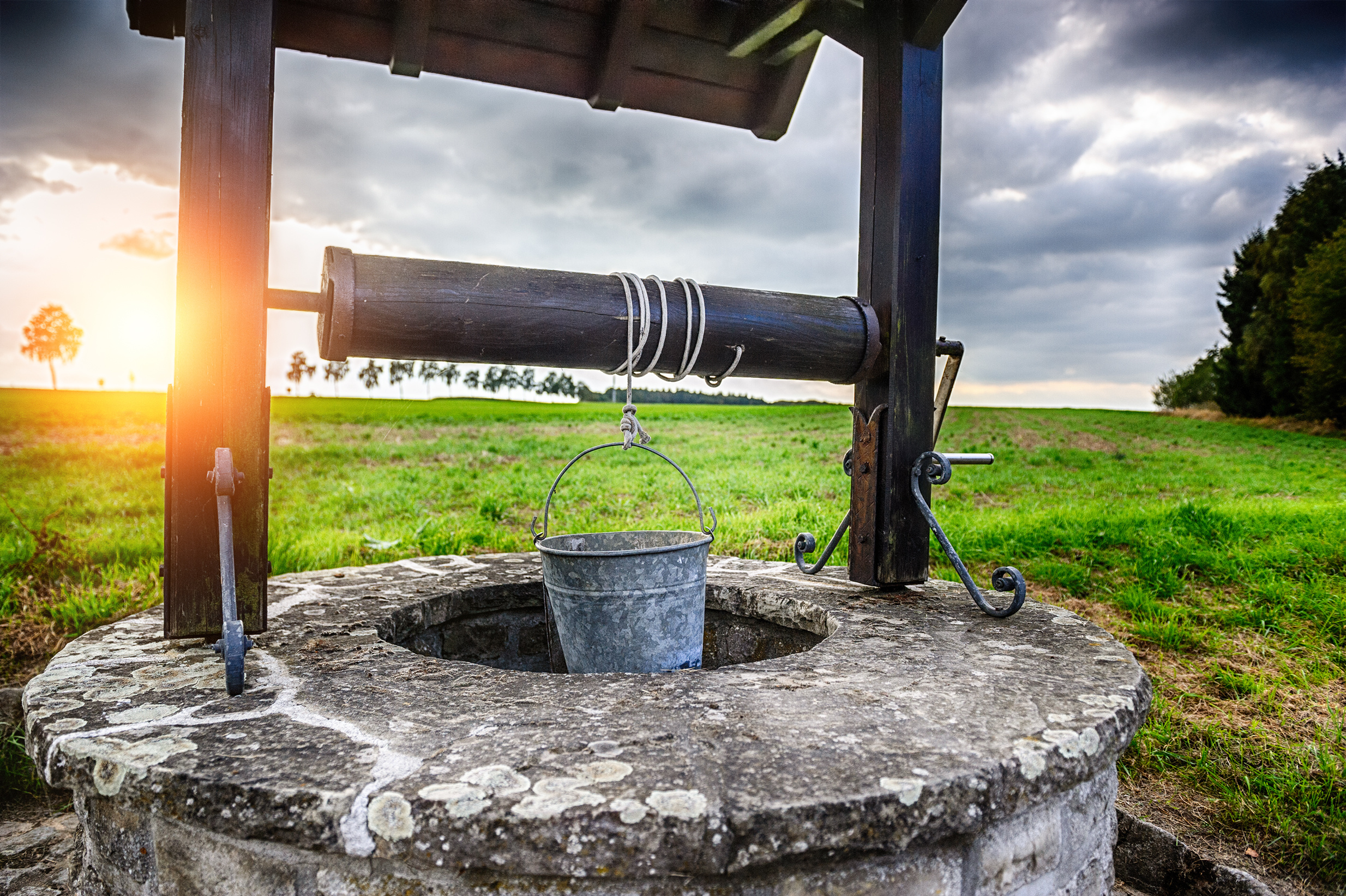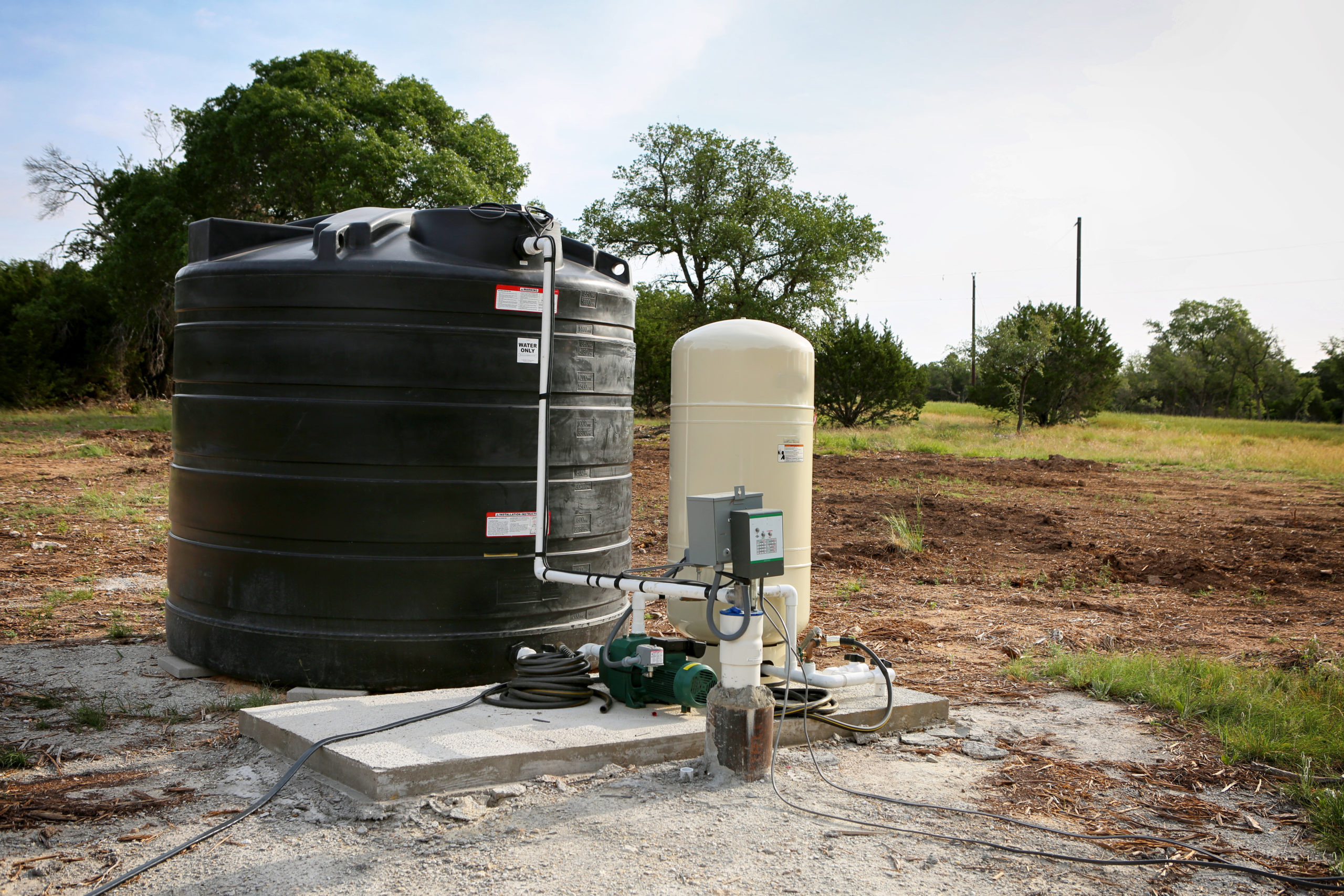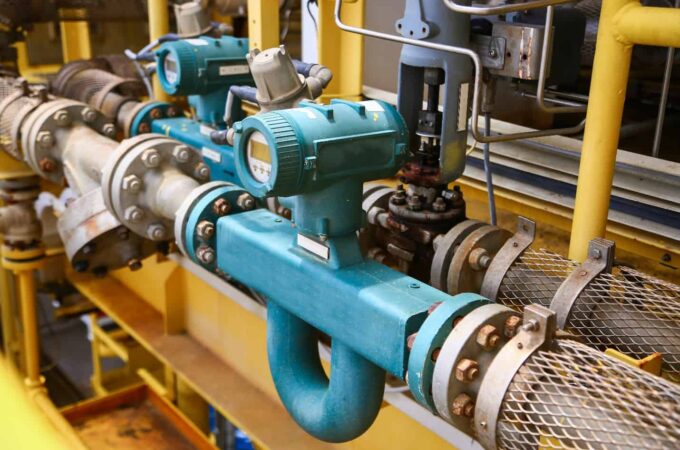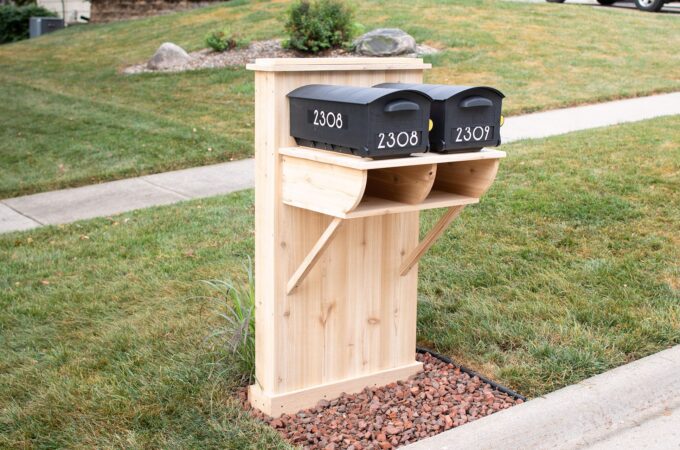
A Homeowner’s Guide To Well Water Systems
Owning a home with a well is an excellent approach to saving money on municipal water bills. It also shields you from shortages, ensuring you have a constant water supply for household and farm needs all year round. To get the most out of your well water system, you must know the related operational dynamics, which is the focus of this article. Read on to learn more.
Types of wells
The type of well determines how much water is available to you and the installation costs. There are three main types of wells for homesteads, as outlined below:
Dug wells: These are excavated by hand shovels and can be lined with bricks to safeguard the earth walls from caving in. They don’t go so deep because digging stops once water inflow into the hole is faster than the workers can extract debris. Though they’re the most effective option, their shallow reach and vulnerability to contamination from nearby surface sources make them less feasible.
Drilled wells: These are dug using rotary drilling machines. If the ground has loose soil and rocks, it’s best to install metal casing on the sides to forestall collapse and muddying the well water. The space around the case should also be grouted with concrete to prevent the inflow of surface water, which may contaminate your well water.
Driven wells: These are built by hammering a narrow pipe into the ground. Water-bearing sands or penetrable gravel are perfect for this well type. Though they’re fast to construct, their maximum depth is usually about 10 to 15 meters, as there’s a limit to which the pipes can be forcefully driven into the well.
Common well water problems
Despite the numerous advantages of having a well at your home, you can encounter a handful of occasional problems. Below are some examples:
Low water yield
Turning your taps and finding mere drops or no water is discouraging. Also, fluctuating water pressure makes the management of household chores challenging. These are two familiar characteristics of low-yield wells. If you experience this problem, it’s unnecessary to dig an entirely new well.
You could use a high-tech well water harvesting system, like the EPP Well Solutions. Such systems are designed to automatically control water harvesting and storage while preventing over-pumping. Aside from that, consider investing in a sizable well water storage tank instead of directly pumped water. Also, reducing peak water usage in the mornings and evenings could solve the low-yield problem.
Hard water
Well water contacts mineral-rich rocks and soil as it flows from the surrounding aquifer. It hardens if large quantities of magnesium and calcium dissolve into the water. Hard water isn’t the best for household use. It stains utensils and clothes, causes scale buildup in hot water systems, and dries the skin.
You can better hard water by using softeners. The most effective softeners use reverse osmosis, but you can still count on ion exchange systems.
Turbidity
Your well water may appear cloudy due to suspended matter, such as soil or organics. Highly turbid water exerts extreme pressure on your pipes, causing them to burst. Drinking turbid water is also disgusting. Your way out of this menace is using sediment filters.
Presence of pathogens
Well water infested with bacteria may cause diseases like hepatitis A, typhoid, cholera, diarrhea, dysentery, and amoebiasis. Contamination typically arises from free fecal-contaminated surface water inflow due to poor well construction. Besides that, repairs could lead to the introduction of bacteria into the well, like when a submersible pump is removed for repair and re-submerged.
The most practical treatment solution is pouring bleach into the well to inhibit bacterial growth. About 1,400 ml of bleach is enough for every 380 liters of water.

Heavy metals
Lead, arsenic, cadmium, manganese, mercury, chromium, selenium, and other heavy metals may get into your well from coal plants, waste incinerators, mines, resource industries, and old pipes and paint. Most of them are toxic, especially when ingested in large quantities. They wreak havoc on most human organs, including the liver, kidney, brain, circulatory system, lungs, and metabolic system, sometimes leading to death.
Rever osmosis filters are the most guaranteed method of getting rid of heavy metals in water. However, it’s advisable to trace the source of contamination and enforce proper mitigation measures.
Fluoride
Fluoride in water is healthy only at about 0.7 to 1.2 ppm. The mineral helps in the development of strong teeth and bones. However, concentrations above this average can weaken skeletal health, cause arthritis, calcify the pineal gland, and poison the thyroid. On the other hand, deficient fluoride amounts in water can cause dental caries. Thus, it’s critical to test your well water to determine the exact fluoride content so you know how much to add or remove.
How to maintain a well
Regular well maintenance is mandatory to keep the water clean and keep the pumping system in good condition. Below are standard maintenance activities to consider.
Annual inspection
It’s necessary to call a certified well inspector every year to conduct a thorough test for contaminants and mechanical issues. They can detect existing or potential issues and advise you accordingly.
Replacing broken fixtures
Components of the pumping system will naturally wear out with time. These include the pump, well cap, casing, screens, and pitless adapters. If you keep using them in their poor state, the pumping efficiency reduces, and you may not have enough water on your taps. So, consider replacing broken-down parts as swiftly as possible to guarantee continuity in the water supply.
Monitor changes in water characteristics
Inspect your well water every time you drink to spot changes in taste, odor, or color. Contact a licensed professional to assess the situation whenever you detect something out-of-the-ordinary.
Other tips
- Always ensure the well cap is intact to prevent the entry of surface pollutants into the hole.
- Keep poisonous chemicals, like fertilizers, herbicides, wall paint, and motor oil, far away from the well.
- Avoid dipping your water hose into the mixing container when preparing pesticides, fertilizers, or chemicals to prevent siphoning the mix back into the well.
- Slightly slope the ground away from the well’s mouth and keep it about a foot above the soil.
- Avoid piling backyard stuff like dead leaves or manure near the well.
Questions to ask before purchasing a house with a private well
If you’re in the home purchase process, below are some considerations to take regarding well water systems in the property.
- What is the size and capacity of the well?
- Does it yield enough water to satisfy all your household and farm needs?
- Will you need to supplement it with municipal water?
- Is the well structurally sound?
- Does it need urgent repairs?
- Did the previous owner carry out annual inspections without fail?
- Can he share with you the inspection records?
- Is there a possibility of the well water drying out soon?
- Where will you get water if it dries up?
- What water treatment methods did the previous owner use?
- Is the pumping system functional?
Such in-depth interrogation helps you to make the right purchase decision. It wouldn’t be fair to purchase property with a dilapidated well, only to realize when it’s already too late.
How to test well water
Aside from visual inspection, you must do a comprehensive lab test time after time to test your well water for contaminants. The testing procedures vary with every contaminant. A licensed technician from a state-certified lab should be well versed in all the basic water tests.
Lab testing can detect the presence of bacteria, viruses, parasites, dissolved solids, heavy metals, and suspended matter. Most results are typically given in milligrams per liter. You can compare these with established standards to gauge whether or not the contaminant levels are acceptable.
End of life
A well’s life expectancy can be anywhere between 25 and 100 years. That’s quite a range, implying you need a professional’s input into knowing when your well will have served its purpose. The lifespan depends on factors such as geographic location, groundwater conditions, aquifer type, seasonal fluctuations, and the type of well. Thus, when yours lives its time, it’s only logical to abandon it and dig another one.
Aside from the well, equally vital is the life expectancy of the pumping system. Generally, a good quality system should last between 20 and 40 years, which may become inefficient. At this point, an overhaul of the system may be the most reasonable step.
Conclusion
A well water system is essential to your home due to its profound benefits. Your winning point is understanding how every component works so you can quickly detect malfunctions and act appropriately. It’s also worthwhile upgrading your system with modern inventions to improve the yield and water characteristics. Other than that, while you can handle some repairs and water quality tests, it’s advisable to enlist professional help for any remedial aspect beyond your technical capabilities. In the long run, your well will provide sufficient high-quality water for your home, eliminating the need to rely on municipal systems.
References
- “Potential Well Water Contaminants and Their Impacts”, Source: https://www.epa.gov/privatewells/potential-well-water-contaminants-and-their-impacts
- “How to Treat Well Water”, Source: https://www.wikihow.com/Treat-Well-Water#:~:text=Well%20water%20comes%20straight%20from%20the%20ground%2C%20so,system%20on%20your%20water%20lines%20to%20remove%20them.
- “COMMON HEAVY METALS IN WATER & HOW TO REMOVE THEM”, Source: https://waterdefense.org/water/contaminants/heavy-metals/
- “U.S. Public Health Service Recommendation for Fluoride Concentration in Drinking Water for the Prevention of Dental Caries”, Source: https://www.ncbi.nlm.nih.gov/pmc/articles/PMC4547570/
- “Well Life: Life Expectancy of Water Wells”, Source: https://inspectapedia.com/water/Water_Well_Life.php




